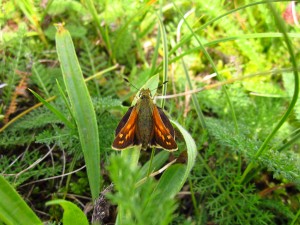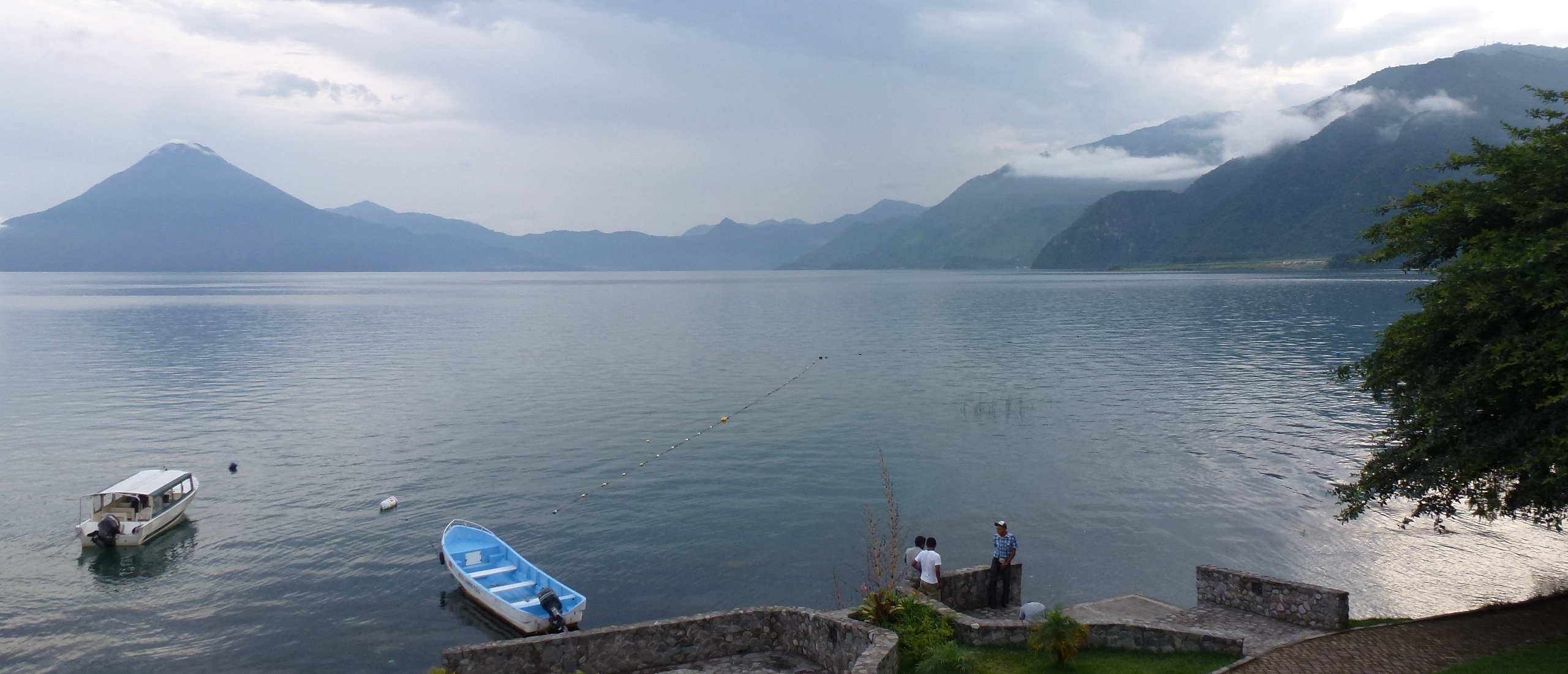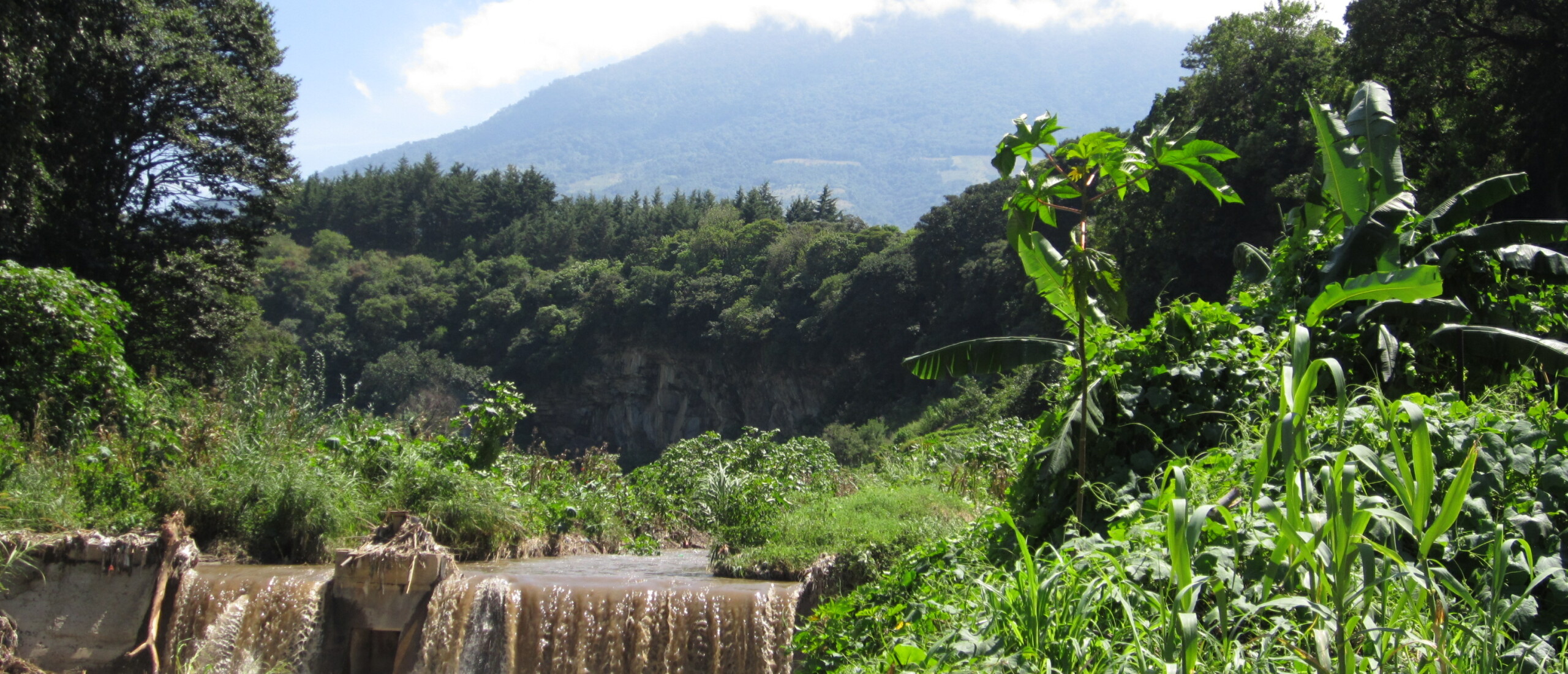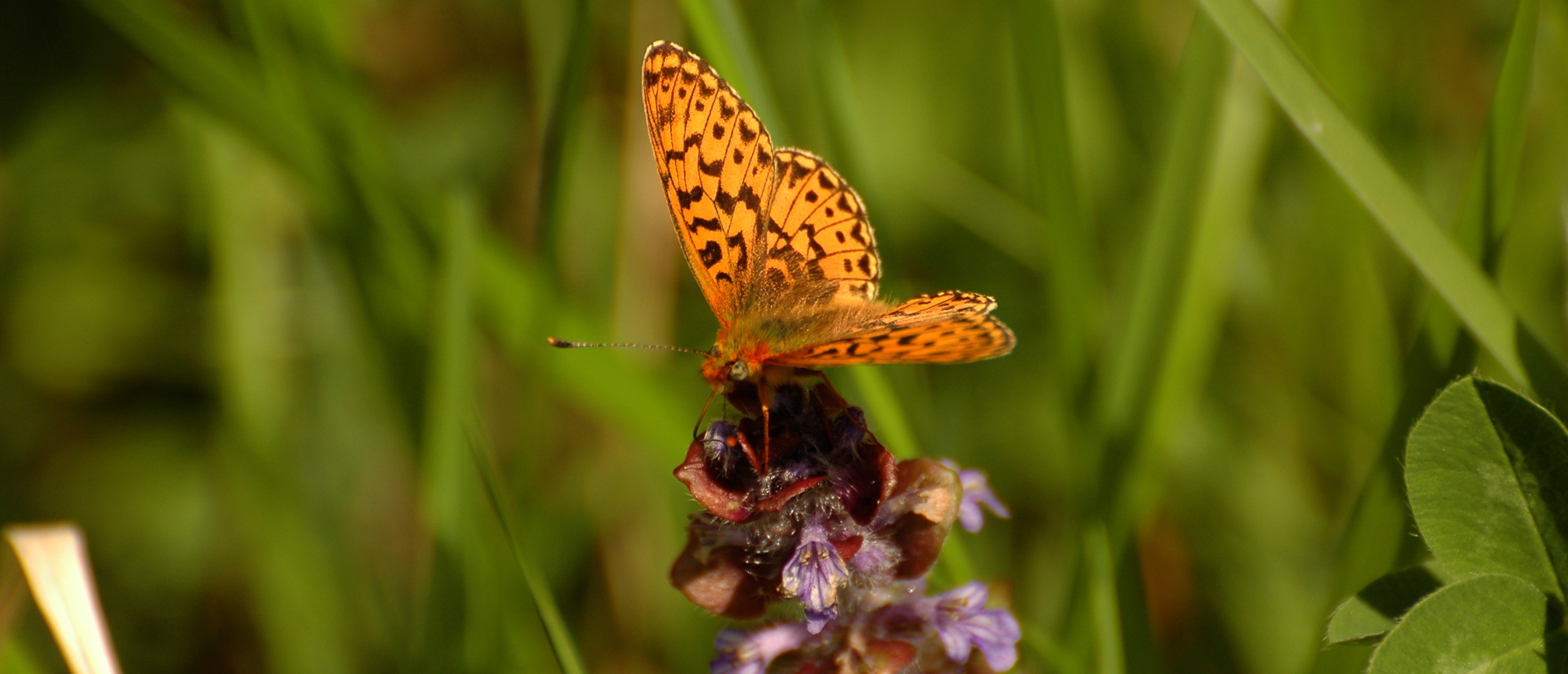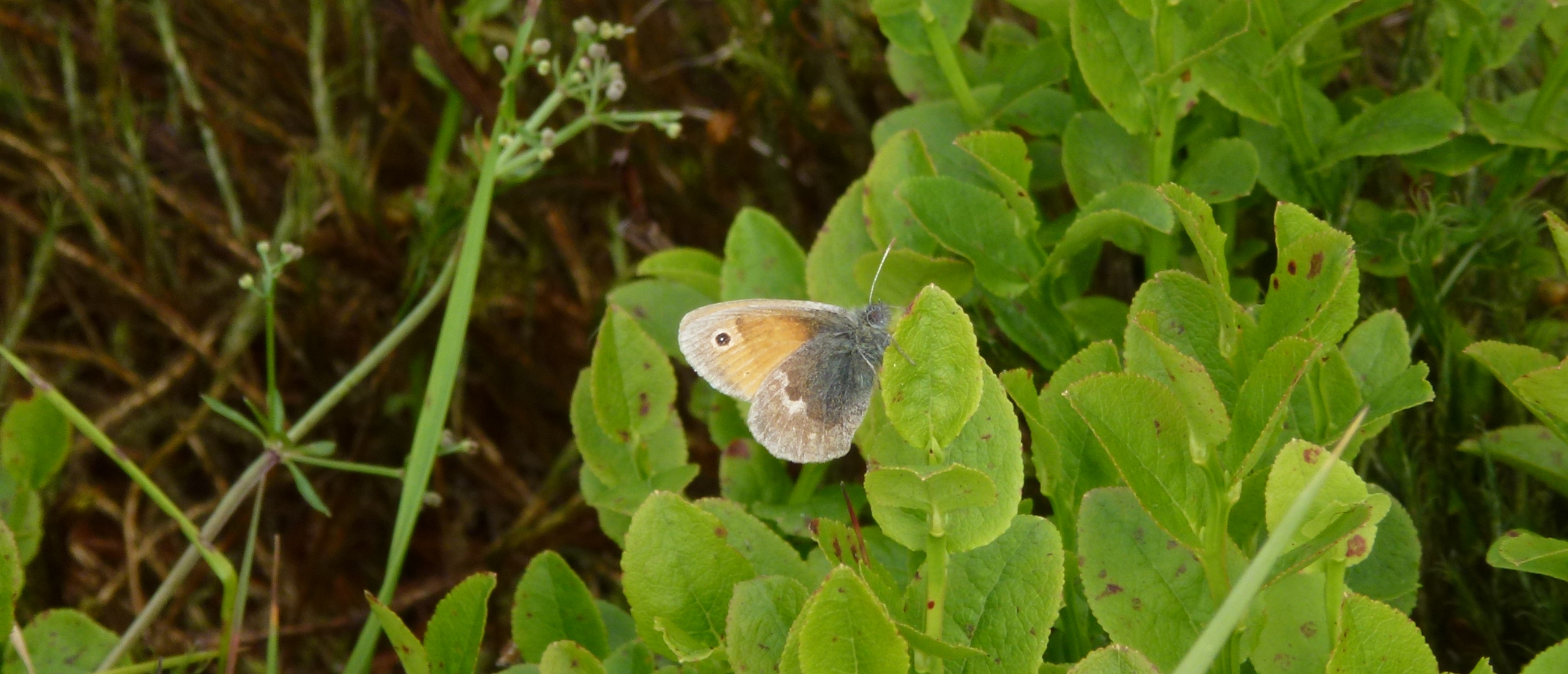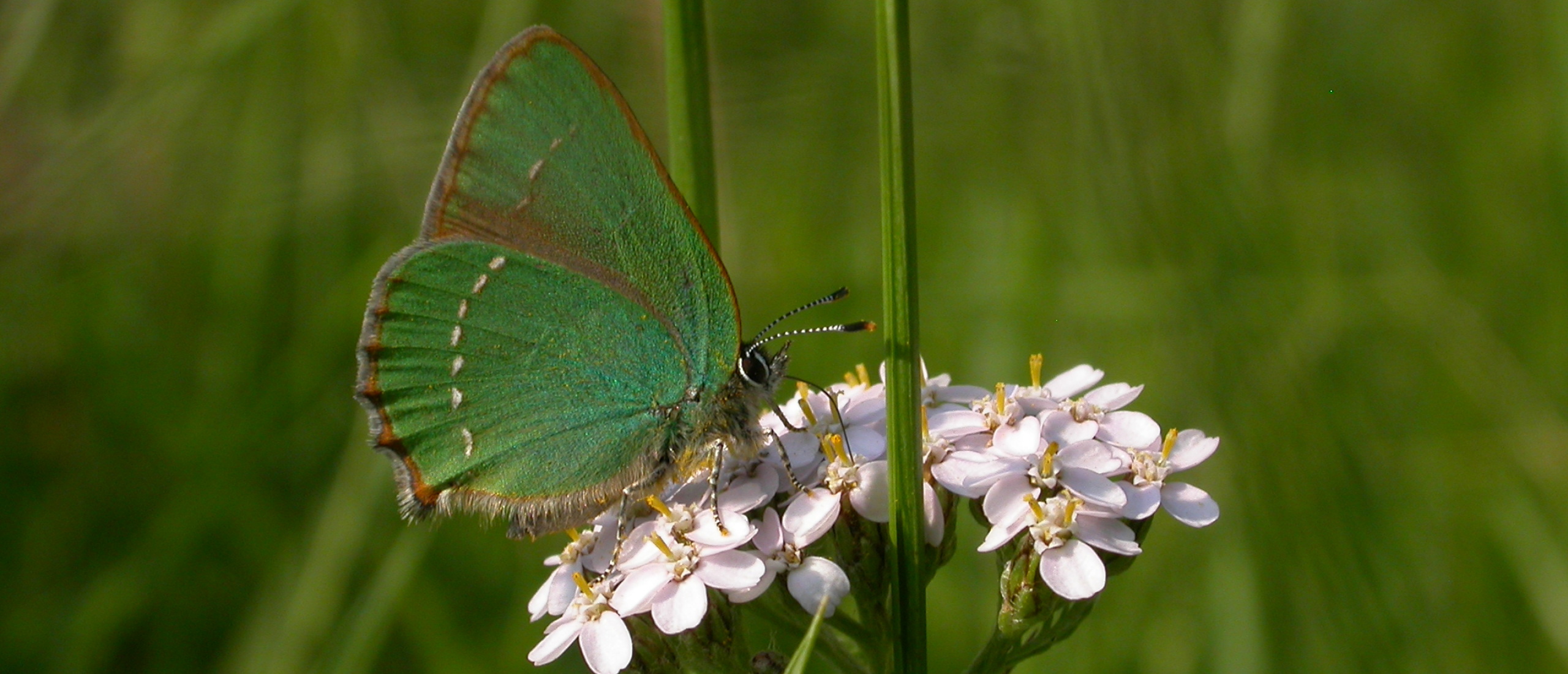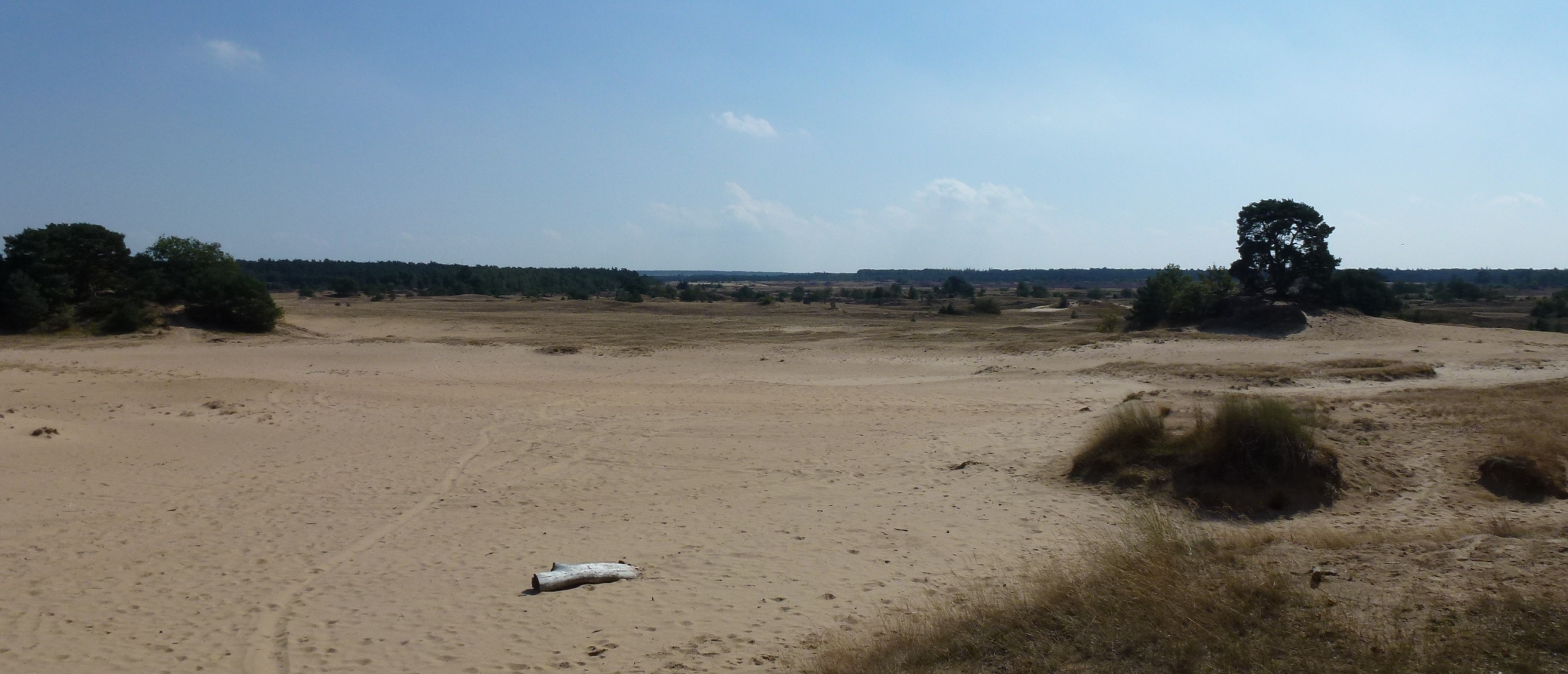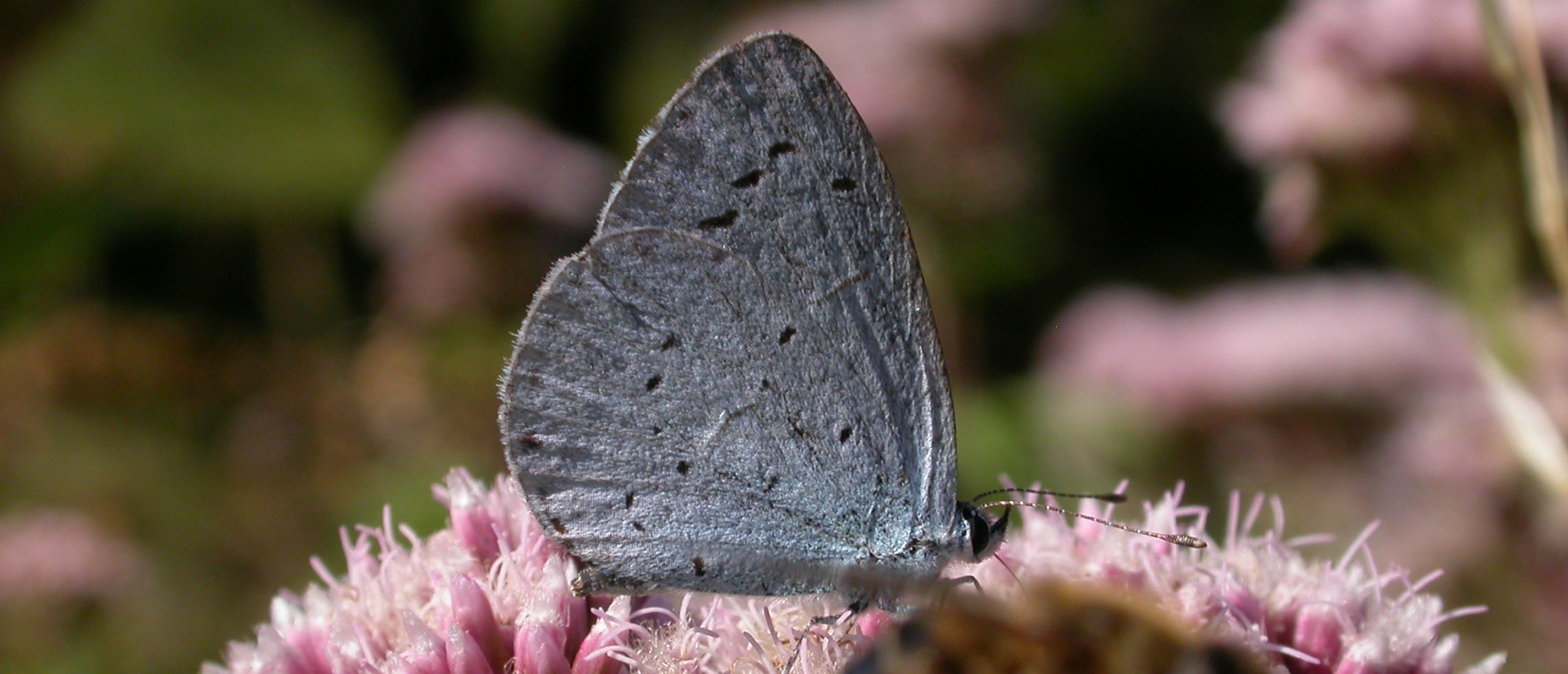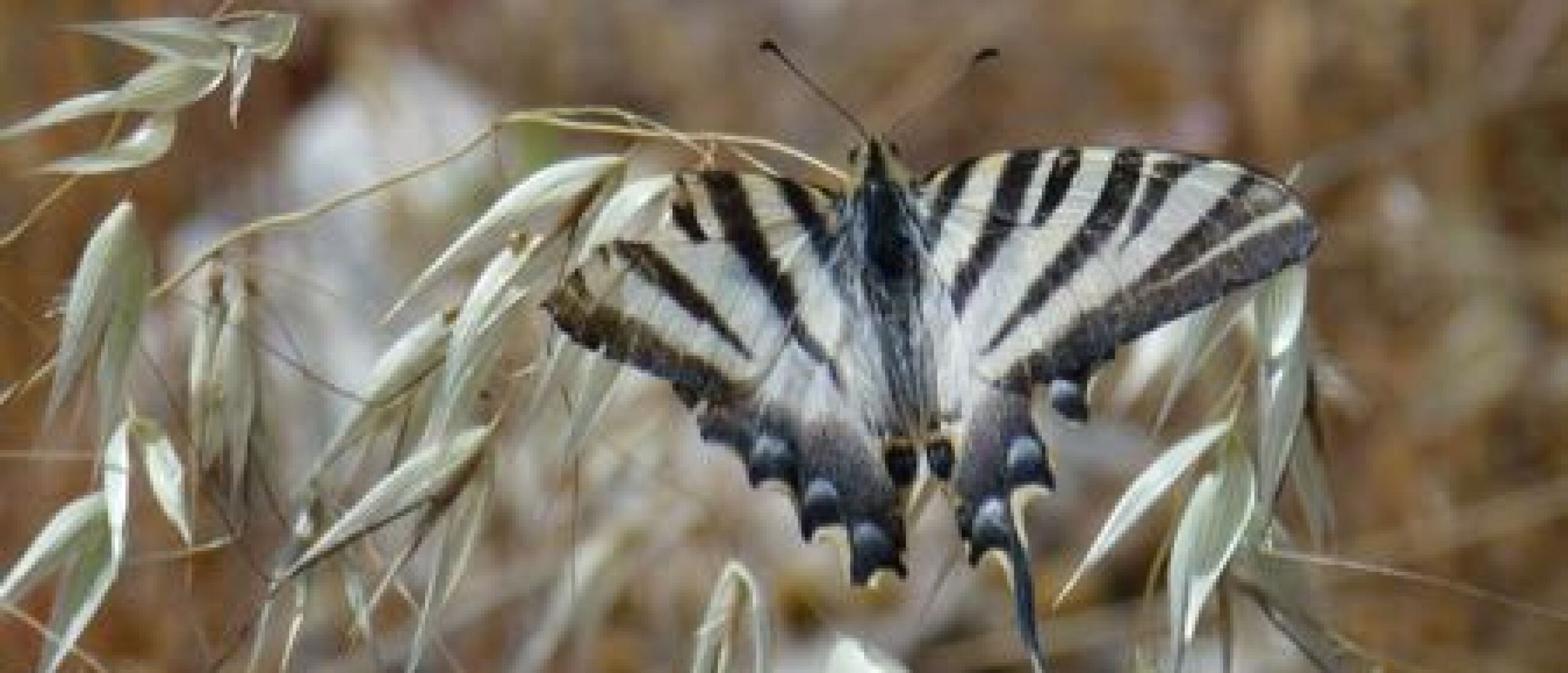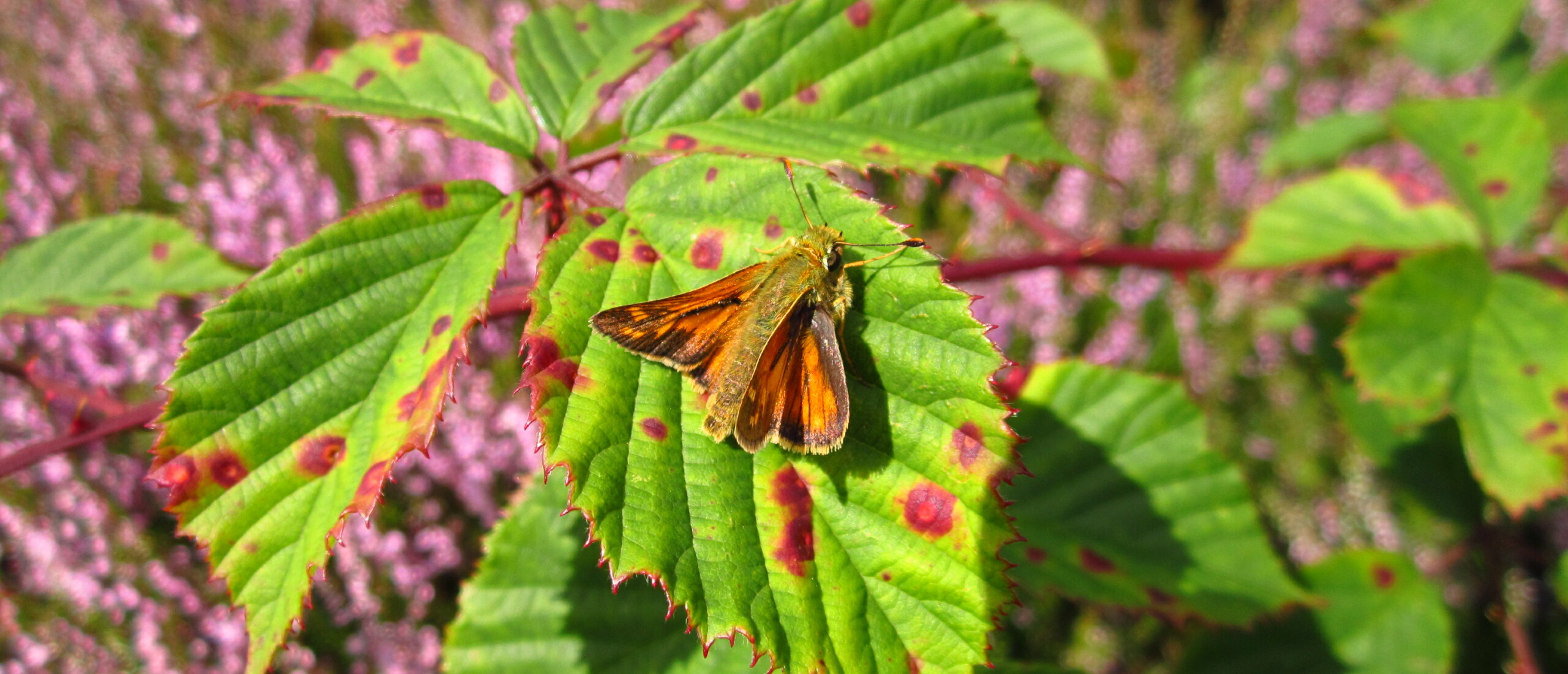
A brief butterfly feast in the Dutch desert Although this summer has been generally bleak for me in terms of butterflies, guiding in mostly rain-sodden Scotland, I did recently make a brief trip to the Netherlands, where I was mostly engaged in admin-related activities, but I did manage to squeeze in two highly enjoyable butterfly excursions. The first was in search of a rare and highly specialised species, one that I could not always guarantee to see as its flight season was frequently over by the time I would return to the Netherlands from my summer holidays at the start of the autumn semester, the Silver-spotted Skipper, Hesperia comma. My early experiences with this diminutive butterfly were on the beautiful, and beautifully named, Spread-eagle Hill, near Melbury Abbas, in Dorset. In the UK, the Silver-spotted Skipper is restricted to south-facing slopes, with short grass and anthills, which catch the sun's warmth and allow the butterflies to bask and reach the temperature they require in order to start moving...and move they do, darting off when disturbed; they are hard to follow as they zoom away with an almost fly-like flight. The butterfly almost died out in the UK after myxomatosis hit, because there were no rabbits to keep the grass short. Since then, however, sympathetic management with phased grazing by sheep has allowed them to recover somewhat (although last time I visited Spread-eagle Hill, it looked over-grazed to me). The only other locality where I have seen Silver-spotted Skippers in the UK was on the North Downs, between Box Hill and Dorking, where they were to be found in some old quarries along the south-facing slopes, which formed sun-traps for this warmth-loving little butterfly. In the Netherlands, their habitat is quite different. Here the butterflies seem to like heathland with dry patches of bare ground between the heather clumps, where they bask with their wings held in that characteristic skipper way, the forewings half open and the hindwings splayed wide. The locality where I managed to connect this time with the Silver-spotted Skipper, or Kommavlinder as it is called in Dutch, is an example of wonderful conservation planning, a former Royal Dutch Airforce base that was abandoned by the military in the 1990s, and was then in grave danger of being converted into housing or an industrial area. Luckily, it was designated instead as an area dedicated to nature, and one can now enjoy the open patches between the runways, with butterflies and other insects thriving on the heathery swards.
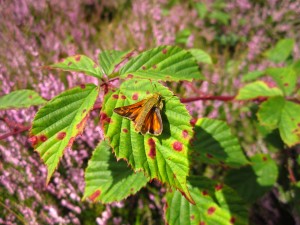 A male Silver-spotted Skipper perching on a bramble
A male Silver-spotted Skipper perching on a bramble
As I had not expected to have a chance to do any butterfly photography during this visit, I did not have my Canon SX530, whose 50X zoom would have been most welcome, and I was forced to resort to my tiny Canon A2200, which has only a 4X optical zoom, meaning that I had to approach the butterflies to almost point blank range in order to obtain reasonable shots of them, and Silver-spotted Skippers are notoriously wary and zoom off at the slightest sudden movement. However, I did manage to obtain a few reasonable images, showing that one does not need highly sophisticated cameras in order to photograph butterflies successfully.
 The silver spots on the underside of the Silver-spotted Skipper are very distinctive
The silver spots on the underside of the Silver-spotted Skipper are very distinctive
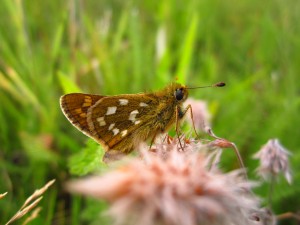 The Dutch name, Kommavlinder, refers to the comma-shaped silver mark near the base of the hindwing
The Dutch name, Kommavlinder, refers to the comma-shaped silver mark near the base of the hindwing
The other excursion I managed to fit in was to an extraordinary area of inland sand dunes, a place to which I always made an annual pilgrimage in late August while I was living in the Netherlands, the Kootwijkerzand. My first visit to this magical place, with its drifting sand (or stuifzand, as it is known in Dutch) was in 1999, and on that occasion I was able to observe one of the very last breeding pairs of Tawny Pipits, which have since died out completely as breeding birds in the Netherlands, disturbed too much by dog-walkers and kite-flyers, who seem to love this place as much as I do.
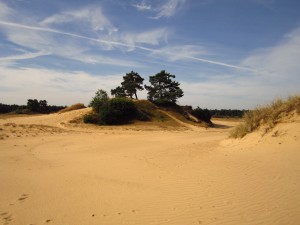 The Kootwijkerzand is an inland dune system
The Kootwijkerzand is an inland dune system
My reason for visiting this place every year in late summer was to search for an extraordinarily rare butterfly, the Tree Grayling, Hipparchia statilinus. This species now only occurs in the Netherlands on this one area of drifting sand and short, dry grass, its next nearest colonies being in southern France and in eastern Germany. Unlike its close relative the Grayling, Hipparchia semele, which is quite numerous here and can be found in large numbers in the isolated patches of heather, the Tree Grayling is extremely rare. The males emerge before the females, and establish territories near isolated patches of pines that grow on elevated hummocks surrounded by dry expanses of sand.
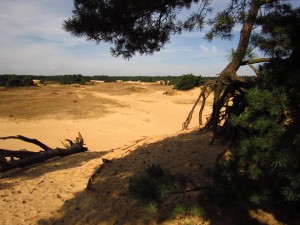 The sandy areas near the isolated stands of pines are the favourite haunt of the Tree Grayling
The sandy areas near the isolated stands of pines are the favourite haunt of the Tree Grayling
In my experience, there cannot be many more than ten individual adults in any given year, the maximum I have ever seen at any one time being three. That the species manages to hold on is astonishing, given all the obstacles it faces. The main threat seems to be that the sandy areas that it requires are becoming overgrown with an alien species of blackish moss (heath star moss, Campylopus introflexus), meaning that there is less open sand. The most recent research seems to indicate that this moss holds water in the winter, when the young larvae are hibernating, causing them to go moldy and die. How complex environmental matters can be, when a butterfly is pushed to the brink of extinction by an alien species of moss.
 This year I only found one Tree Grayling, a lone male
This year I only found one Tree Grayling, a lone male
Would it matter if the Tree Grayling disappeared from the Netherlands? To me, it would. Not only do I lament the fact that we humans are constantly interfering with nature, causing the complex jigsaw puzzle of life to start losing pieces (the Tawny Pipit has already been lost), but I have a strong feeling that the Dutch Tree Graylings may be a distinct species, or at the very least an endemic subspecies. The transverse band that Tree Graylings elsewhere have across the underside of their hindwings is much less pronounced or even absent here, so they are unique, and for that reason alone, they should be given the maximum of assistance in their struggle to survive. This time I only found one individual, a lone male. I can only hope that he will find a female and that next year, if I manage to make my annual pilgrimage to the Kootwijkerzand, the Tree Grayling will still grace this wonderful place.
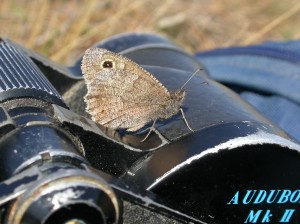 I was astonished when a female Tree Grayling landed on my binoculars in 2004
I was astonished when a female Tree Grayling landed on my binoculars in 2004


